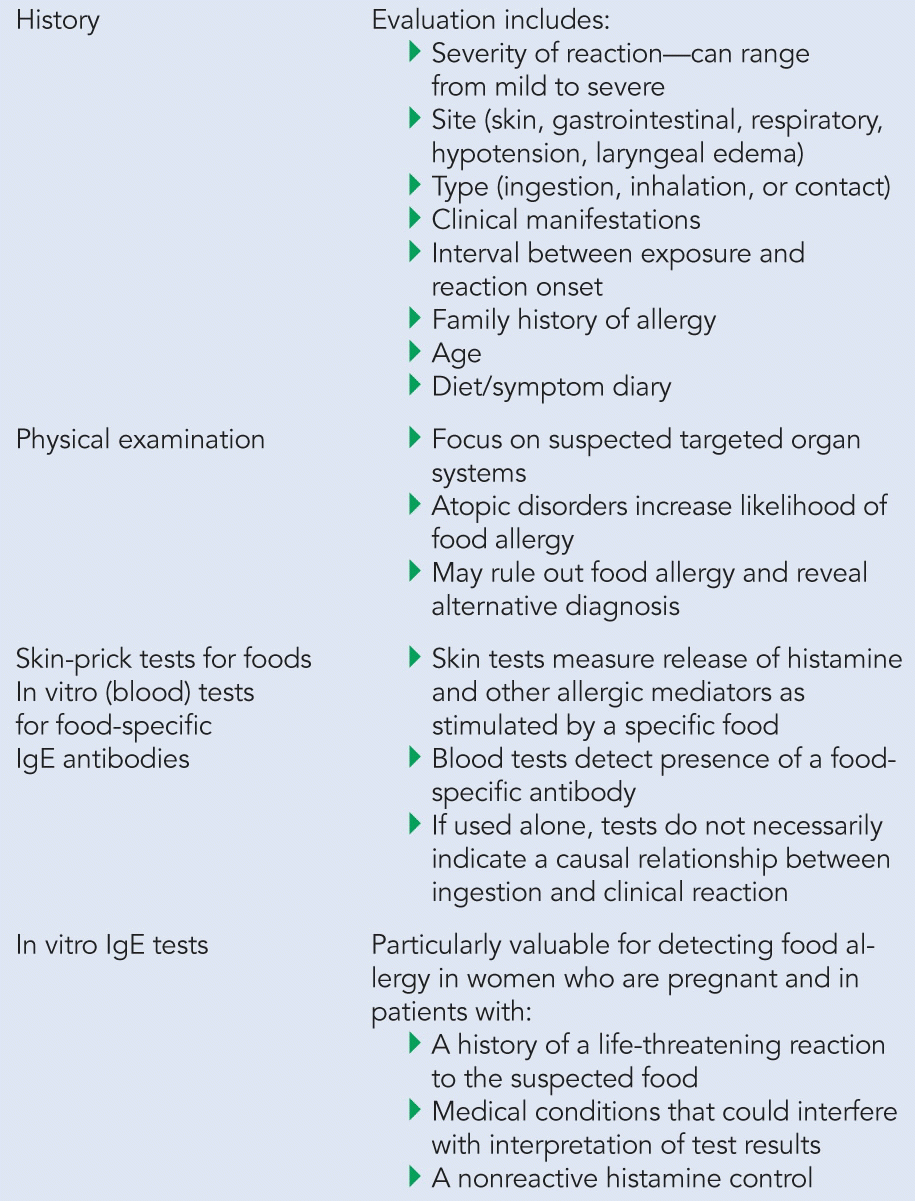The history and physical exam are important as the initial evaluation of patients to select those with a possible food allergy for whom more sensitive testing, with a skin prick or in vitro test, is then recommended. The challenge, said Dr. Haydon, is in the interpretation of these tests.
Explore This Issue
December 2009The challenge is that some people with elevated IgE antibodies don’t have clinically significant food allergies, he said, adding that both of these tests are only 50% accurate when showing a positive result. This accuracy gets better, however, if the tests indicate a huge elevation in the IgE antibodies.
If you separate the positive tests into two categories, those that are low positive and those that are very positive, the positive predictive value goes up to about 95 percent in the people with the very positive tests, he said.
He also said the tests are pretty reliable if they come out negative.
For patients in whom a diagnosis remains unclear, dietary elimination tests or oral challenge testing can also be done. However, Dr. Haydon emphasized that both tests are time-consuming and difficult to do, with no established standards on their administration and interpretation outside of a research environment.
Treatment: Avoid, Recognize, and Desensitize
Avoiding foods that cause an allergy is an easy first step in managing food allergies. However, avoidance is difficult and accidents common and deadly, emphasized William R. Reisacher, MD, Assistant Professor and Director of the Allergy Center at Weill Cornell Medical College- NewYork Presbyterian Hospital. There are a lot of hidden sources, especially to peanut allergens, he said. For example, many Asian restaurants seal their eggrolls with peanut butter, and you’d never know that.
The Food Allergy Labeling and Consumer Protection Act, issued in January 2006, requires manufacturers to disclose whether products include the top eight food allergens (ie, milk, fish, eggs, crustacean shellfish, peanuts, tree nuts, wheat, and soy). Patients should be cautious about the allergen information on food labels, as 5.3% of food products with labels warning that a specific food allergen may be contained in the product actually did contain the allergen.
 Local IgE-mediated mast cell activation results in immediate tingling of the lips and tongue.
Local IgE-mediated mast cell activation results in immediate tingling of the lips and tongue.-Cecelia Damask, DO
Given the difficulty of avoidance, one primary role of the otolaryngologist is to educate patients and their families on how to recognize the signs and symptoms of a severe food reaction and how to respond. Critical is the need for people with food allergies to carry self-injectable epinephrine at all times and to know how to use it, he said.

Leave a Reply